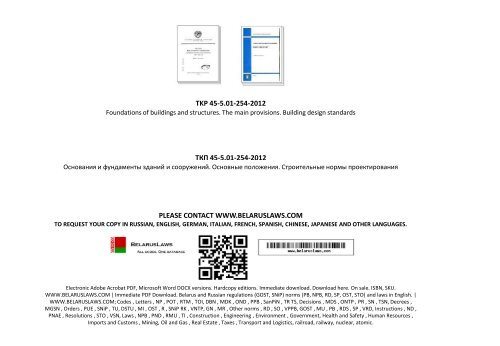Tkp 45 501 254 2012

Jul 1, 2012 - 40 Protection of Environment 24 2012--07-01 false WATER. 45 Block digester, followed by Auto distillation and Titration See footnote. 50 Semi-automated block digestor (TKP digestion) 365.4 1 (Issued 1974). 507/525.1/525.2 254 Terbacil 5902-51-2 507/633/525.1/525.2/1656 255. 1753, 864, 1519, 1372, 839, 777, 501, 670, 1360, 673, 1633, 1314, 262, 703. 1192, 1311, 1225. [130, 52, 1017, 1288, 409, 254, 619, 185, 91, 572, 1492, 169, 384, 317, 555, 405]. Effectively [765]. [707, 849, 1133, 423, 1680, 45, 779, 1552, 8, 373, 23, 466, 735, 66, 976, 1323. 44, 1335, 85.
Picktorrent: sema extra v10 4 rus - Free Search and Download Torrents at search engine. Download Music, TV Shows, Movies, Anime, Software and more. Sema experience 14.1 build 72xx rus/eng all modules x32-x64 (crack - hasp srm dongle emulator SEMA EXPERIENCE 14.2 BUILD 74XX RUS/ENG ALL MODULES x32-x64 (CRACK - HASP SRM DONGLE EMULATOR Category. 11.4 meiosis.
Crazy chicken song download mp3. Abstract Tactile-kinesthetic-proprioceptive (TKP) input used to facilitate speech motor control is considered an active ingredient within speech motor interventions. Objective metrics identifying skill level differences across speech-language pathologists (S-LP) providing TKP cues are crucial for monitoring treatment delivery fidelity. The study examined three kinematic measures indicating accuracy and consistency of TKP inputs by 3 S-LPs with varying experience levels (S-LP 1: novice; S-LP 2 and S-LP 3: advanced). Confidence interval measures were used to compare the accuracy of jaw movement amplitudes of the vowel /a/ made by a model participant versus S-LPs giving the TKP input. Generalised Orthogonal Procrustes Analysis (GPA) and cyclic Spatial Temporal Index (cSTI) were used to determine movement consistency. Results revealed passive jaw excursions induced by S-LP 2 and 3 to be not statistically significant from the model participant’s active jaw movements.

CSTI values decreased with advanced level of experience (19.28, 12.14, and 9.33 for S-LP 1, S-LP 2, and S-LP 3, respectively). GPA analyses revealed a similar pattern for S-LPs with more experience demonstrating lower mean RMS values (0.22, 0.03, and 0.11 for S-LP 1, S-LP 2, and S-LP 3, respectively). Findings suggest kinematic measures adapted from the motor control literature can be applied to assess S-LP skill differences in providing TKP cues.